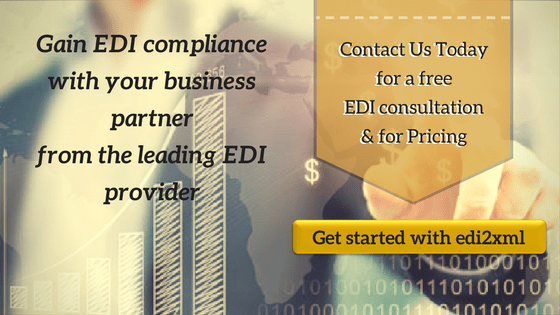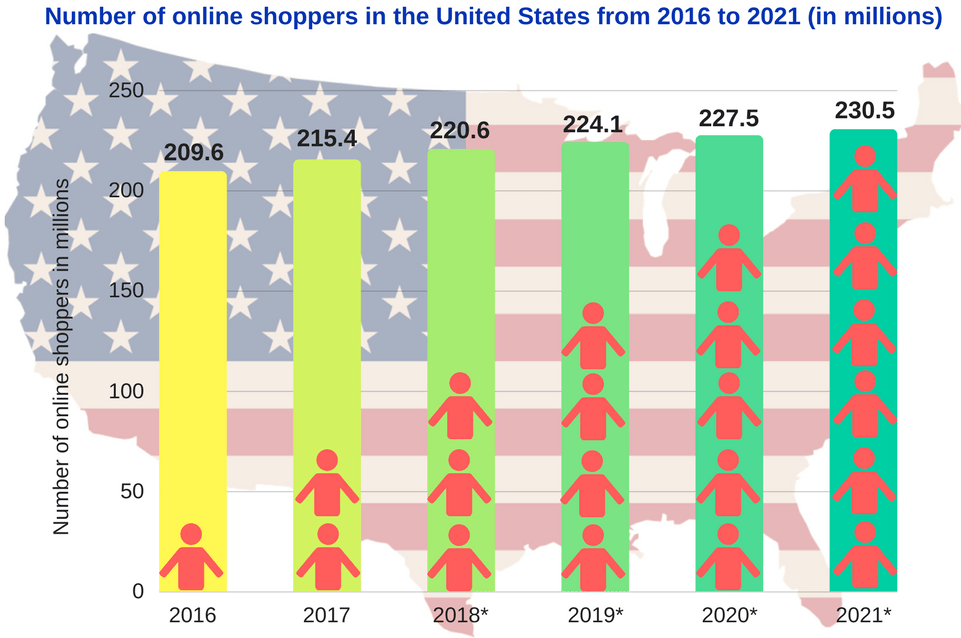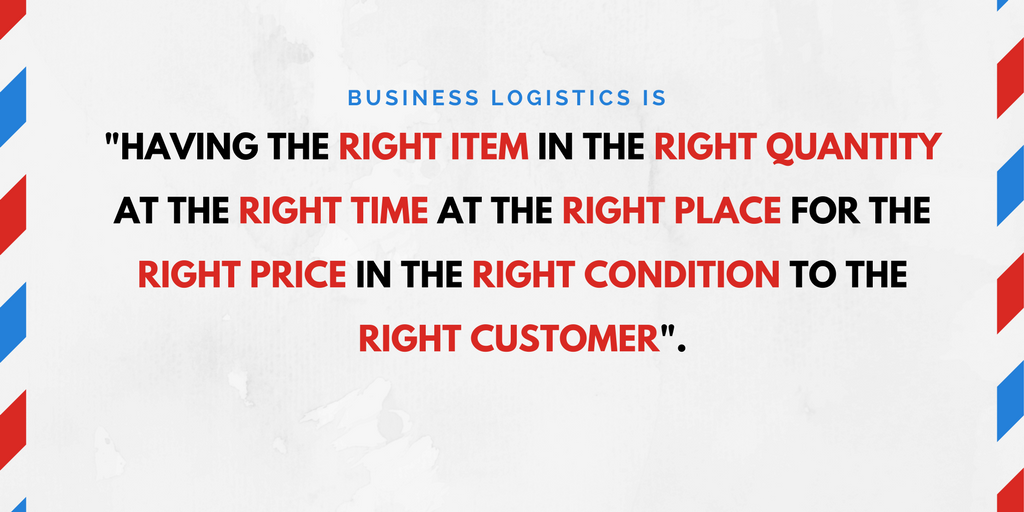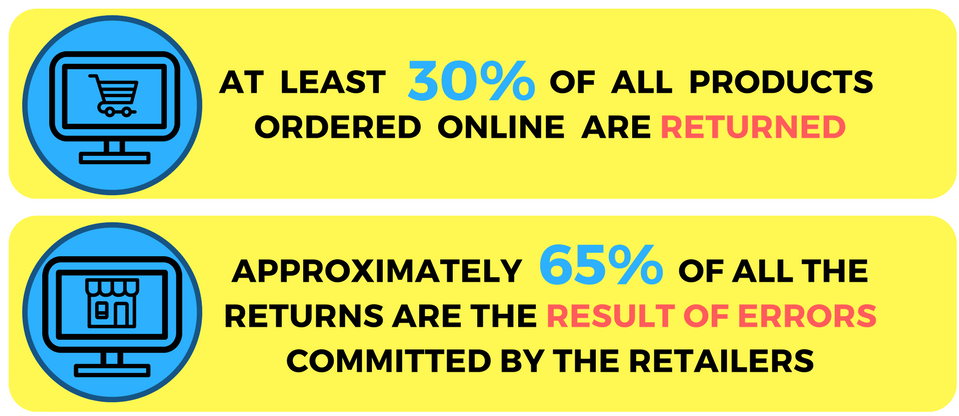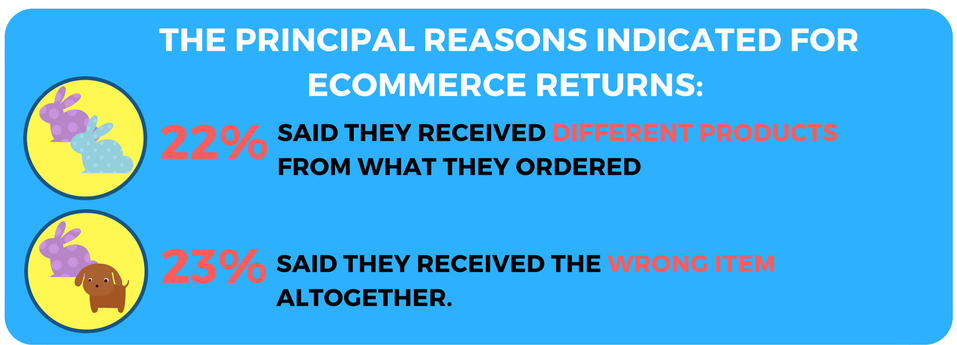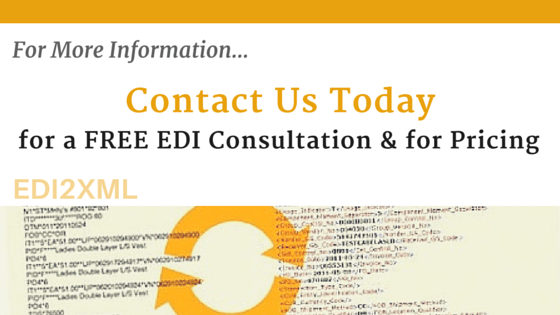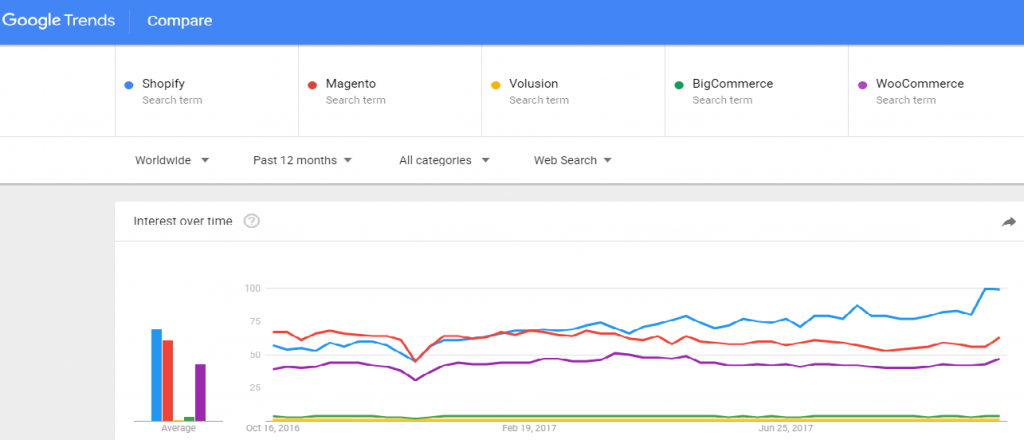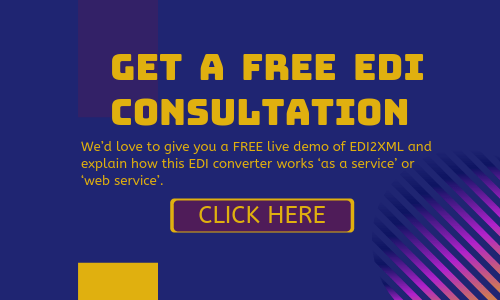This post was updated to reflect current trends and information.
At the end of a discussion we had with one of our contacts, who was inquiring about EDI, Salesforce and how to integrate it all together, I decided to write this article, in order to clarify and structure my arguments with the hope it can help other readers who might fall on this article having the same questions and concerns. I will start by defining some technical terms, prior to getting to the points.
What is Salesforce?
Salesforce is one of the most popular cloud-based CRM. The company is based in California (USA), and it has thousands of users worldwide. We’ve already written an article that provides more about the product, which I invite you to read, and learn more about salesforce itself, and how Magic xpi can be the best integration platform with Salesforce.
What is EDI?
Electronic Data Interchange or (EDI) is fundamentally a standard that regulates the electronic exchange of business documents between trading partners. EDI contains a set of message types. There are many different EDI standards i.e. X12, EDIFACT, RosettaNet…used mainly in different industries and different parts of the world. In North America, the US standard ANSI ASC X12 is p predominantly used.
Some example message types are:
- EDI 810 – Invoice
- EDI 850 – Purchase Order
- EDI 846 – Inventory Inquiry/Advice
- EDI 856 – ASN (Advance Ship Notice)
|
Help: What is EDI2XML as a Service? EDI2XML as a Service is our popular translation and communication service offering to businesses of all sizes, from various industries. All conversions of EDI files are done on our end, leaving customers with no on-site installation of software or hardware and an EDI project that is on time and within budget. Download our EDI2XML Translation Service Pricing Package here for more information |
Why EDI Integration with Salesforce is Important
Companies of all sizes have different systems in place: i.e. ERP, CRM, Warehouse management…Some other companies might only operate their business using Salesforce.
It is a common situation that companies will have business partners requesting to exchange EDI (regardless of the standard), with them. The truth is that companies’ can NOT refuse such a request coming from a customer for example. They have to comply with such demand and become “EDI ready” or “EDI compliant”.
In a such scenario, the company running Salesforce will be receiving a Sales order (850 as an example) and sending back and invoice (810) for billing purposes, all in X12 standard (for example). What to do about this requirement? Companies need to take action.
Why You Need to integrate EDI into Salesforce
Given the above facts and considering that Salesforce “out-of-the-box” does NOT support any EDI standard, there is no choice for a company leveraging Salesforce, to escape the integration request.
Ultimately, businesses need to Integrate EDI into their Salesforce instance. By pushing EDI messages into their Salesforce instance in a near real-time basis, companies can achieve even more with the Salesforce system.
“Need Integration” Checklist
Each company is unique, and it can be a lot of reasons why your business needs Integrations. Following are the most common reasons a company might need to consider, in order to jump into integration projects:
– Your trading partner(s) is requesting to exchange data electronically
– Your company gets a lot of orders (200+ orders a month on average), this is being taped manually in different systems, thus taking lots of time of your employees, and creating inefficiencies.
– You are looking for a better experience with your customer. You need to get your inventory out that always exact, tracking numbers are received instantly after the merchandise is sent, etc.
– You do not have enough time to process orders. Your costumers need to wait for order processing.
– As third-party sellers, you are getting penalties from Amazon, eBay, and other marketplaces for the reason that you are not shipping orders fast enough.
– Your company receiving negative reviews from your customers who shop online, because of slow service or erroneous orders processing.
What to do Next to integrate EDI and Salesforce
Integrating EDI with Salesforce, is a bit different from other types of integration projects, a company might go through. Due to the fact that EDI is very specific, it requires very specific expertise. Here are some of the important points to consider before going into EDI integration projects:
- For EDI integration in general, work with an EDI provider, and NOT with VANS (Value Added Networks). VANs are more expensive and less into integration.
- Make sure the EDI provider is “integration oriented”; meaning he is not only specialized in EDI, but in integration as a concept
- Do NOT settle half-way with “file integration”, look for near “real-time” integration, directly into your system.
- Do NOT settle with point-to-point integration”. Developing and “coding” integration points, is very expensive to maintain at long term.
- Look for the best integration method: look for certified connectors from the manufacturer (salesforce).
Integrate EDI with Salesforce to drive your business
If you need more information or help in determining your need in EDI to Salesforce Integration, please contact our integration experts, and Feel free to request a free demonstration.


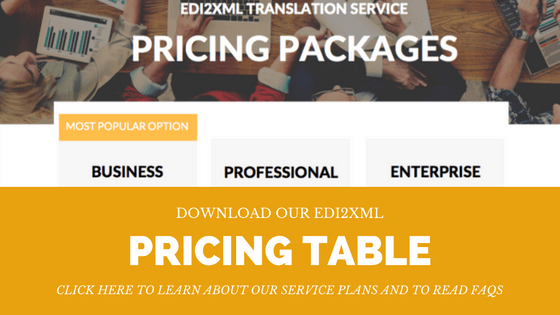
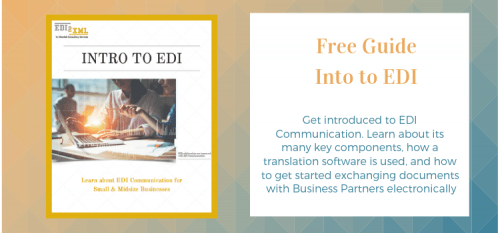

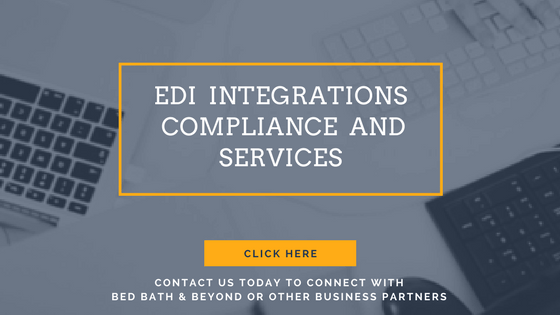
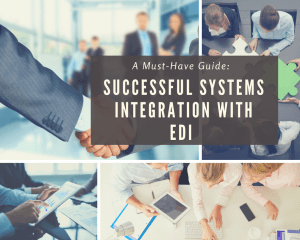 In fact, large chains are extremely important customers for many small and medium size enterprises. It is therefore essential, even vital, for many of them to follow the requirements imposed by those major retailers. Actually, all the large chains use mainly EDI format to exchange business transactions with their partners.
In fact, large chains are extremely important customers for many small and medium size enterprises. It is therefore essential, even vital, for many of them to follow the requirements imposed by those major retailers. Actually, all the large chains use mainly EDI format to exchange business transactions with their partners.